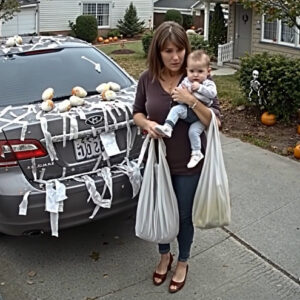Why Do British People Add Milk to Their Tea?
I froze the first time I saw milk splashing into a cup of tea. My mind screamed, “What are you doing?” To me, tea meant fresh lemon, maybe a touch of honey, never milk.
But then, I moved to the UK—and everything changed.
In the UK, Tea Is Serious Business
Here, tea isn’t just a drink—it’s a ritual. Ask a Brit how they take their tea, and you’ll get a passionate monologue. They’ll debate leaf strength, steeping time, and whether to add milk before or after the tea. Spoiler alert: even that last bit sparks fierce debate.
Where Did This Habit Start?
Adding milk to tea may seem quirky, but it’s rooted in British history. The tradition dates back to the 1600s, when tea first arrived in Britain. It came with Catherine of Braganza, the Portuguese princess who married King Charles II.
At first, tea was a luxury. Only the upper class drank it—no milk, just delicate sips and raised pinkies.
A Practical Twist
As tea became cheaper and more popular, people began experimenting. Adding milk wasn’t just for taste. Many believe it helped protect delicate porcelain cups from cracking when hot tea was poured in. Others think it dulled the bitterness. Or maybe someone simply thought, “This is creamier,” and stuck with it.
Another theory? Adding milk first was a sign of wealth. If you could afford high-quality tea, you weren’t afraid to pour milk first—it showed confidence in your leaves.

source: Pexels
From Necessity to National Identity
As tea drinking spread, so did the milk. It became more than a habit—it became tradition. Strong, bitter black tea paired perfectly with milk. The combination softened the taste and became part of British identity. To many, milk in tea feels distinctly “British.”
What About in the U.S.?
Across the Atlantic, tea culture looks different. Americans tend to drink iced tea or herbal blends—usually without milk. However, some Americans do enjoy milk in their tea, influenced by cultural diversity and personal preference.
Do Brits Always Add Milk?
Not quite. While adding milk is common in Britain, it’s not universal. Green teas and herbal infusions, for example, are usually served without milk.
And even with black tea, people differ. Some pour milk first, others add it after. Some stir in honey or sugar for sweetness. It all depends on personal taste.
Final Sip
The tradition of adding milk to tea may have started with practicality, but it became a beloved British custom. Whether you take it milky, with lemon, or straight up—tea remains a warm cup of comfort.
So, how do you take your tea?





